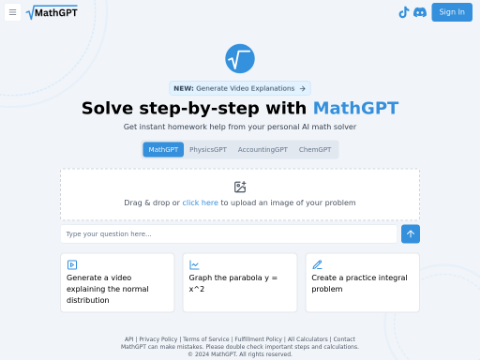Meta Corporation has released V-JEPA (Video Joint Embedding Predictive Architecture), a new visual model that learns to understand the physical world by watching videos. The JEPA project aims to enable artificial intelligence to plan, reason, and execute complex tasks by forming internal models of its surrounding environment.
The release of V-JEPA is another milestone following the introduction of I-JEPA (Image Joint Embedding Predictive Architecture) last year. I-JEPA was the first model to embody Yann LeCun's vision of more human-like AI. It set a precedent for learning by constructing internal models of the external world, with a focus on abstract representations rather than direct pixel comparisons. It demonstrated high performance in various computer vision tasks while maintaining computational efficiency, highlighting the potential of predictive architectures. V-JEPA further extends this vision to the realm of videos, utilizing the foundational principles of I-JEPA to understand the temporal evolution of dynamic interactions and scenes.
What sets V-JEPA apart is its use of self-supervised learning, predicting the missing parts of videos within an abstract feature space instead of using generative methods to fill in missing pixels. This technique builds a conceptual understanding of video segments through passive observation, similar to how humans do it, rather than through manual annotation.
V-JEPA learns from unlabeled videos and requires only a minimal amount of labeled data for fine-tuning specific tasks. By comparing compact latent representations, this method also focuses on computing high-level semantic information rather than unpredictable visual details.
Researchers report that pre-training efficiency has significantly improved compared to existing video models, with sample and computational efficiency increased by 1.5 to 6 times. This simplified approach paves the way for faster and more economical development of future video understanding models.
Preliminary benchmark test results on Kinetics-400, Something-v2, and ImageNet have already achieved or surpassed existing video recognition models. What's even more impressive is that when researchers freeze V-JEPA and add a dedicated classification layer, the model's performance reaches new heights—all of this trained on a small fraction of the data previously required.
The launch of V-JEPA is not just about advancing video understanding but redefining the possibilities of AI interpreting the world. By learning to predict and understand unseen parts in videos, V-JEPA is gradually approaching a form of machine intelligence that can reason and predict physical phenomena, similar to how humans learn through observation. Furthermore, the flexibility of the learned representations when applied to various tasks eliminates the need for extensive retraining, opening up new avenues for research and applications ranging from action recognition to augmented reality environments.
Looking ahead, the V-JEPA team is exploring the integration of multimodal data such as audio to enrich the model's understanding of the world. This evolution represents an exciting frontier in artificial intelligence research, with the potential to unleash new capabilities of machine intelligence. LeCun believes that this will bring about more flexible reasoning, planning, and general intelligence.








